U.S. Jewish Olympians are on fire
Permanent link
Aly Raisman does a leap on beam at the 2010 World Championships. Photo credit: Josh Cheng
Just like her mom, Jewish Americans were kvelling for Aly Raisman after her amazing show Sunday night in London which earned her an unexpected spot in the gymnastics all-around finals alongside fellow American Gaby Douglas. Not only did Raisman turn out a fabulous performance, but her floor routine performed to Hava Nagila (I could only find a video from previous competitions) was a nice moment of Jewish pride after a rocky start for many. While American Jews everywhere became overnight fans of Aly, and will certainly tune in to see how she does in the finals, there are several other Jewish American Olympians turning it out this year that are worth watching.
Here are some to keep an eye on.
As a former competitive high school swimmer, Jason Lezak has always held a special place in my heart. While the Ryan Lochte vs Michael Phelps showdown has garnered most of the swimming PR, Lezak is a swimming veteran. He is returning to London to swim in his fourth Olympics and is one of five captains on the 530-member American squad. Lezak will be racing in the men's 400 by 100-meter freestyle relay.
Rounding out American Jews in the pool is Anthony Ervin. Anthony previously won two Olympic medals at the 2000 Summer Olympics in the men's 50-meter freestyle and the men's relay team in the 4×100-meter freestyle event. He actually stopped swimming competitively in 2003 (hence skipping Beijing), but decided to begin training again in 2011 and will be competing in the 50-meter freestyle event once more. Anthony is also quite the do-gooder! In 2000, he auctioned off his Olympic gold medal on eBay and donated the proceeds to victims of the 2004 tsunami.
You might not be as familiar with her, but Julie Zetlin has a lot in common with Aly Raisman. Like Aly, Julie is also a member of the gymnastic team- she is a rhythmic gymnast. Julie and Aly both fare from the east coast, are competing in their first Olympic games and are both considered dark horses. Julie was actually awarded a wild-card berth to compete in London. Finally, Aly and Julie share the dubious distinction of being recently named to the 25 hottest athletes on the 2012 U.S. Olympic Team list. Go, hot Jewish girls!
Moving on to fencing…yep, there is a Jew on the American fencing team and his name is Tim Morehouse. Tim is already an Olympic veteran; he won a silver medal competing in the men's sabre in Beijing. He will be back again this year and get this; he is coached by another famous, Jewish, Olympic, veteran, Yury Gelman!
Now admittedly, I don't know as much about this last athlete, but I'm trying to learn more. David Banks is a member of the men's rowing team. I believe this is his first time competing in the Olympics and it looks as though he competed in the Men's eight over the weekend and they finished in first place in their heat! The finals will take place on Wednesday, Aug. 1, so I guess we will just have to stay tuned to find out if he brings home any medals!
There are also 37 Olympians representing Israel in London, including Illinois-born Jillian Schwartz, a pole vaulter who was on the American team at the 2004 Athens Olympics, but is representing Israel this time around.
Am I missing anyone? Let me know, just don't call me yenta!


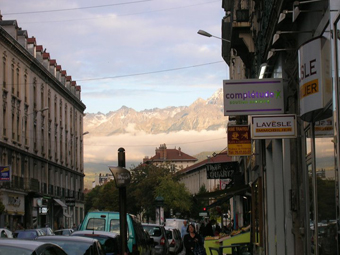
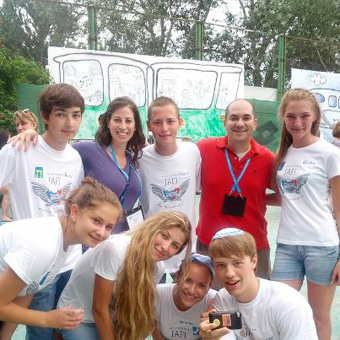
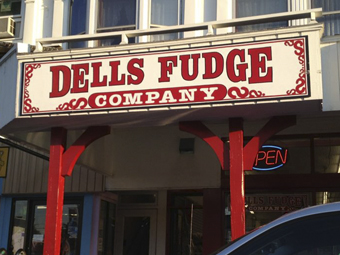


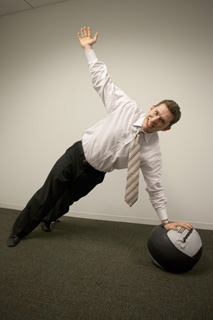
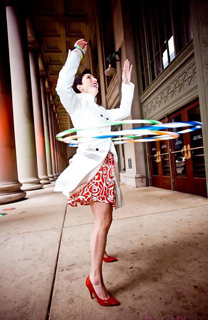
.jpeg)
.jpg)


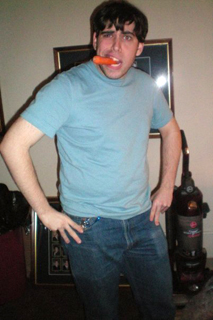
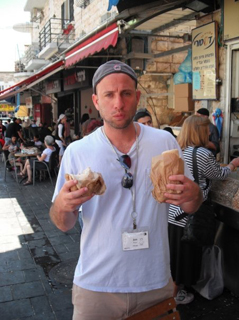

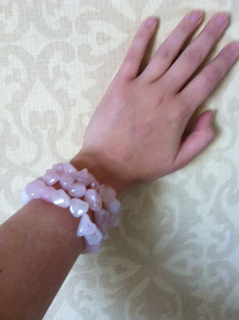
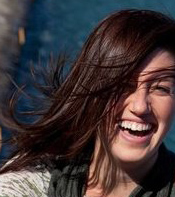
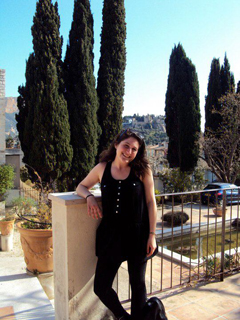

.jpg)



